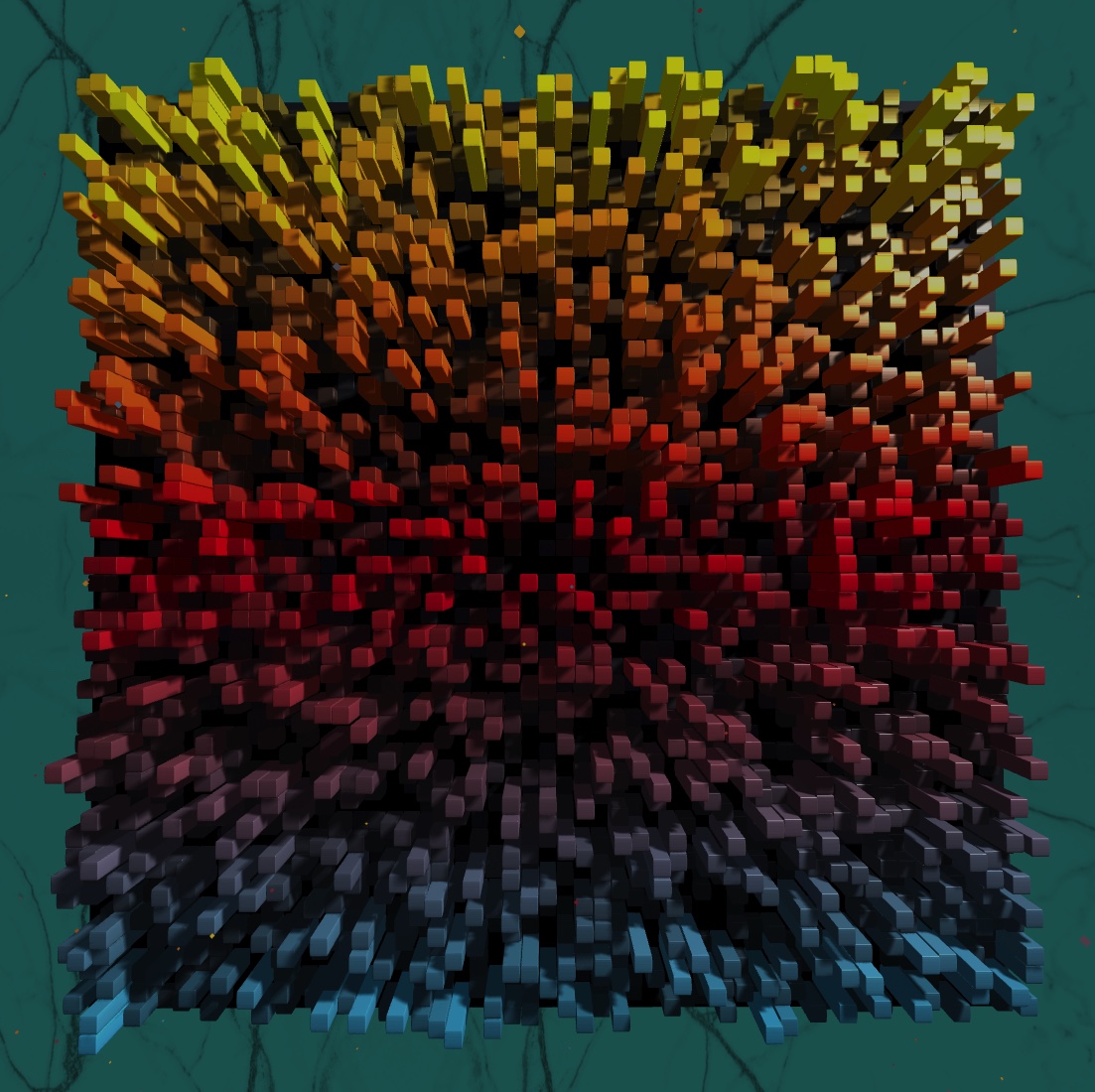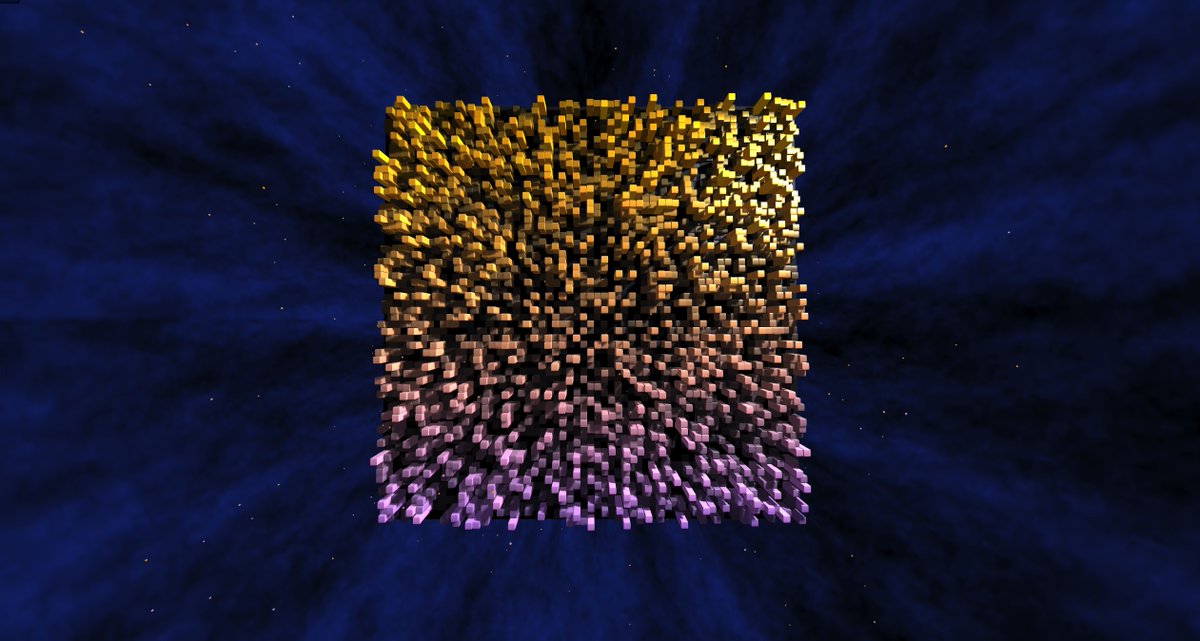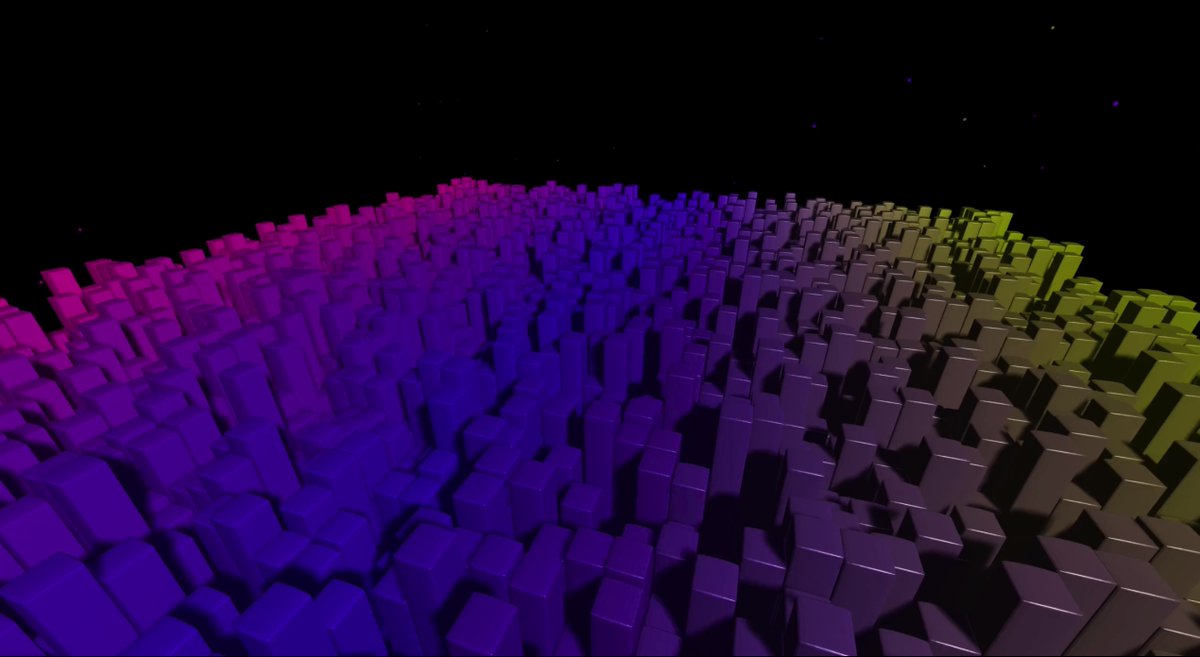
Dynamic NFT collections capture people’s feelings 🪄 They/Them
Pillars of Tomorrow: SOLD OUT
https://t.co/xtYCnseXY1
How to get URL link on X (Twitter) App


 Our purpose is to create meaningful NFTs that are centered around humanity.
Our purpose is to create meaningful NFTs that are centered around humanity.
 The symbolism and purpose behind Tomorrowland provided us with some clear goals on how to visually reflect the people’s feelings and experiences.
The symbolism and purpose behind Tomorrowland provided us with some clear goals on how to visually reflect the people’s feelings and experiences.

 In our previous collection, Pride Month Tribute, we collected 100K online articles and transformed the emotions into colors.
In our previous collection, Pride Month Tribute, we collected 100K online articles and transformed the emotions into colors.